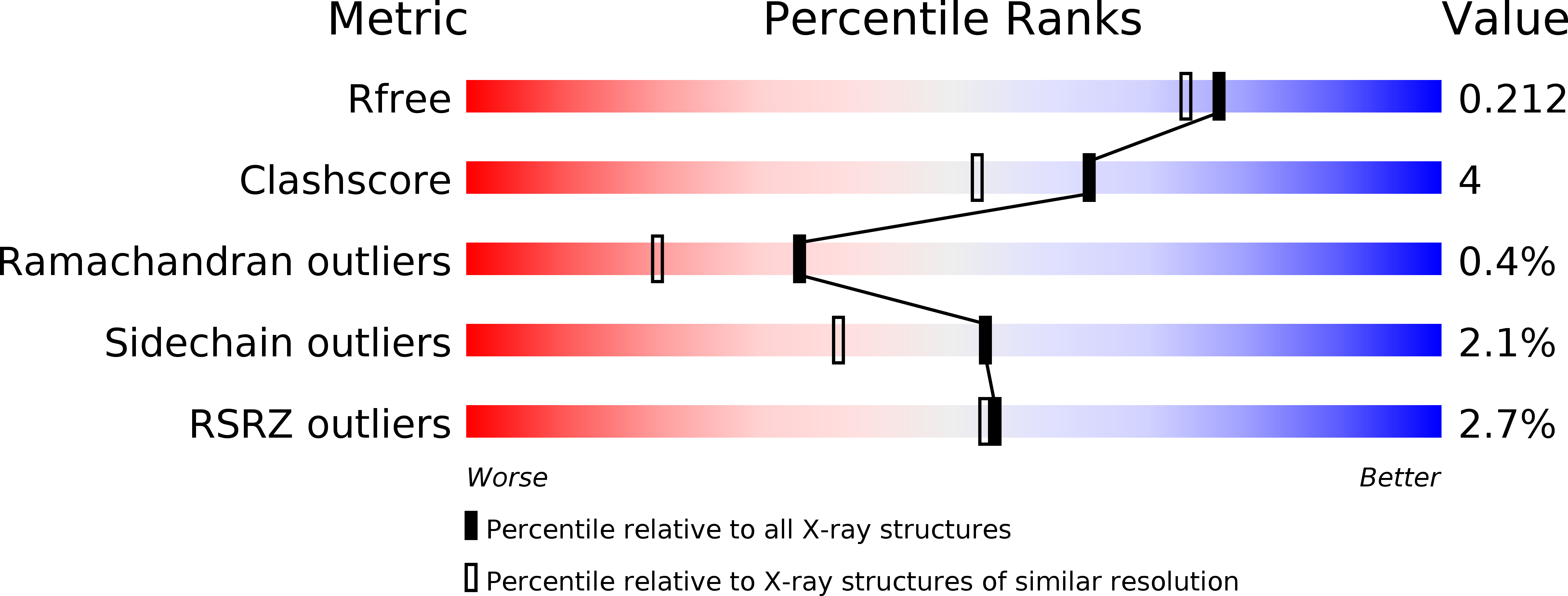
Deposition Date
2017-04-18
Release Date
2018-06-20
Last Version Date
2024-03-27
Entry Detail
PDB ID:
5XGW
Keywords:
Title:
Isoaspartyl dipeptidase from Colwellia psychrerythraea strain 34H
Biological Source:
Source Organism:
Host Organism:
Method Details:
Experimental Method:
Resolution:
1.85 Å
R-Value Free:
0.20
R-Value Work:
0.16
R-Value Observed:
0.16
Space Group:
P 4 21 2


